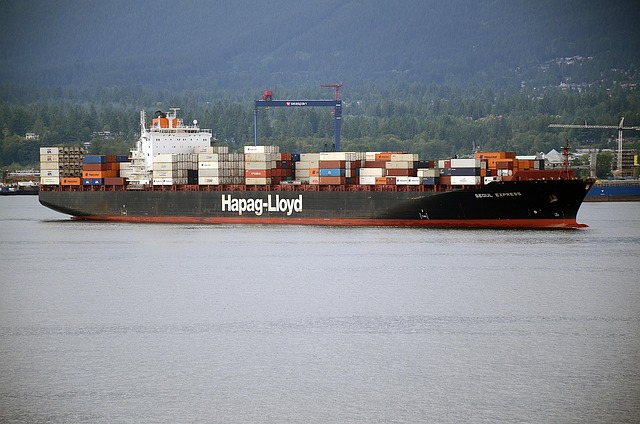Shipping container costs vary by size (20ft vs 40ft), type (standard, high cube, insulated), age (new vs used), and features (refrigeration). Calculating cost per square foot involves multiplying the container's size and price per unit. Online calculators provide real-time estimates for both new and used containers. Shipping containers offer a cost-effective storage alternative to warehouses, with lower costs per square foot. Businesses can optimize budget and space by selecting the right container size, utilizing vertical space, and using online calculators to analyze various factors influencing shipping container cost.
Shipping containers have revolutionized storage and transportation, offering flexible and cost-effective solutions. When evaluating these units for your needs, understanding the pricing dynamics is crucial. This article breaks down the factors that influence shipping container costs, particularly focusing on the essential metric of cost per square foot. We’ll guide you through a step-by-step calculation process and offer insights to help compare containers with traditional warehouses, ensuring you make informed decisions for optimized space and budget utilization.
- Understanding Shipping Container Costs: An Overview
- Factors Influencing Pricing: Size and Type of Container
- Calculating Cost per Square Foot: A Step-by-Step Guide
- Comparing Storage Options: Containers vs Traditional Warehouses
- Optimizing Space and Budget: Tips for Efficient Storage
Understanding Shipping Container Costs: An Overview

Understanding Shipping Container Costs: An Overview
Shipping containers are a versatile and cost-effective solution for storage and transportation, but their price points can vary significantly based on several factors. When evaluating shipping container costs, it’s essential to consider both upfront expenses and ongoing operational costs. The price of a shipping container depends on its size (e.g., 20ft, 40ft), type (standard, high cube, insulated, reefer), age (new vs. used), and additional features such as insulation or refrigeration units. Furthermore, rental and delivery fees can add up, especially for long-term storage or one-way shipping.
A comprehensive shipping container cost analysis involves breaking down these components. For instance, a 40ft standard container might cost less per unit than a high cube container due to its optimized interior space. Similarly, insulated or reefer containers designed for temperature control come with premium pricing but are crucial for specific industries like food and pharmaceuticals. By understanding these shipping container cost factors, businesses can make informed decisions, whether they opt for purchasing, renting, or utilizing shipping containers for their storage or logistics needs.
Factors Influencing Pricing: Size and Type of Container
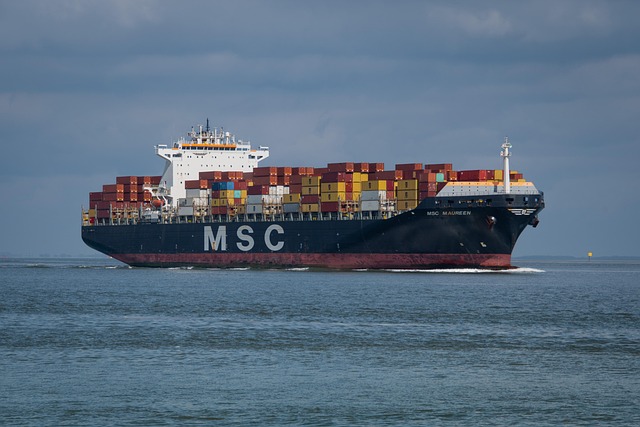
The pricing of shipping containers is influenced by several key factors, with size and type being among the most significant. The cost of a shipping container can vary dramatically based on its dimensions. Larger containers, such as the standard 40-foot unit, tend to be more expensive due to their increased capacity and versatility for various storage needs. In contrast, smaller 20-foot containers offer lower shipping container costs per square foot but may not accommodate as many items.
Additionally, the type of container plays a crucial role in pricing. New shipping containers typically come at a premium compared to used ones, with costs varying based on construction materials and design features like insulation or refrigeration (reefer) systems. High-cube containers, known for their extra headroom, often fall into a higher price category, while standard and insulated containers have more standardized shipping container costs. Rental and delivery fees further impact the overall expense, making it essential to consider these additional shipping container cost factors when planning storage solutions.
Calculating Cost per Square Foot: A Step-by-Step Guide
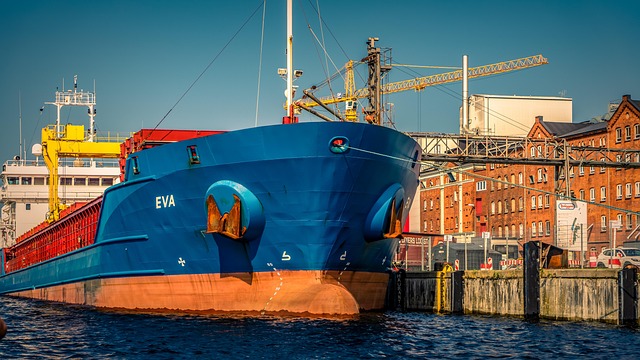
Calculating the cost per square foot of a shipping container is a straightforward process that involves breaking down various factors. To begin, determine the size of the container, typically measured in feet, such as 20ft, 40ft, or even high cube varieties. Next, identify the type and condition of the unit; new containers generally come at a higher cost compared to used ones. Insulated, reefer, and premium containers are considered specialized and often have varying price points.
Once you have the basic information, calculate the total shipping container cost by multiplying the square footage by the price per unit. Shipping costs, delivery fees, and any additional expenses like conversion or rental should be factored in for an accurate estimate. Several online shipping container cost calculators are available, providing a convenient way to compare shipping container costs (both new and used) and get real-time shipping container cost breakdowns based on your specific requirements.
Comparing Storage Options: Containers vs Traditional Warehouses
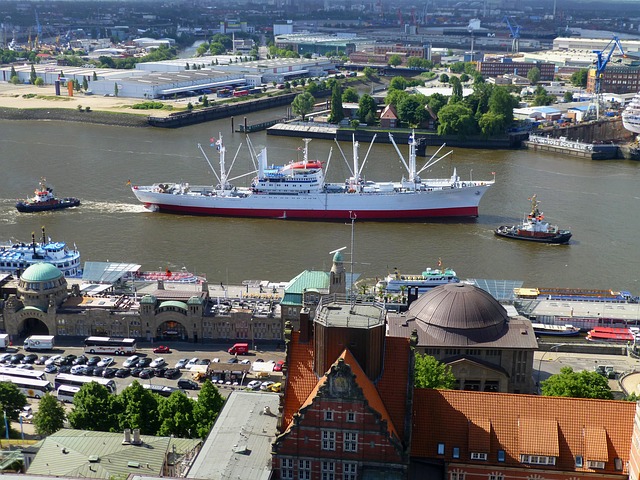
When comparing storage options, shipping containers offer a unique and increasingly popular alternative to traditional warehouses. One key aspect to consider is cost—specifically, the shipping container cost per square foot. Containers provide flexible, portable, and often more affordable storage solutions, particularly for short-term or temporary needs.
While traditional warehouses can be costly to build, maintain, and rent, shipping containers offer a more economical option. The shipping container cost breakdown includes factors like purchase or rental prices, delivery fees, and potential conversion or insulation expenses. However, when considering the square footage they provide—a 20ft container offers roughly 160 square feet, while a 40ft container provides around 380—the per-square-foot cost can be significantly lower than traditional warehouse storage, especially for smaller items or short-term projects. This makes shipping containers an attractive choice for businesses seeking a durable, secure, and cost-effective storage solution.
Optimizing Space and Budget: Tips for Efficient Storage
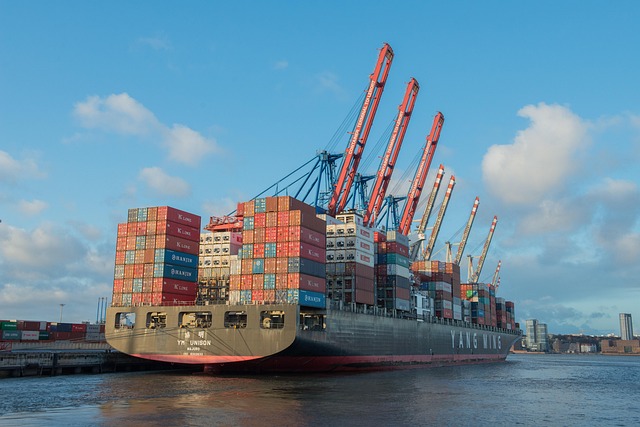
Optimizing space and budget is crucial when considering shipping containers for storage. One effective strategy is to choose the right container size tailored to your needs. Standard 20ft and 40ft containers offer cost-effective solutions, with the 40ft providing more storage space per unit of shipping container cost. For specialized items requiring specific conditions, high cube, insulated, or reefer containers might be necessary, albeit at a higher shipping container cost.
Maximizing vertical space within your container is another tip for efficient storage. Stacking and utilizing the height can accommodate more items while ensuring easy accessibility. Consider also integrating shelving and dividers to create compartments, enhancing organization and optimizing every square foot. Keep in mind that various factors influence the shipping container cost, including size, condition (new or used), modifications required, and delivery distance. A thorough shipping container cost analysis, using available calculators or estimates, will help you make informed decisions based on your specific requirements and budget constraints.
When considering shipping container storage, understanding the cost per square foot is key to making informed decisions. By evaluating factors like size and type of container, and following a step-by-step calculation method, you can efficiently compare this option to traditional warehouses. Optimizing your space and budget through strategic planning will ensure you get the most value for your investment, making shipping containers a versatile and cost-effective storage solution in today’s market.
